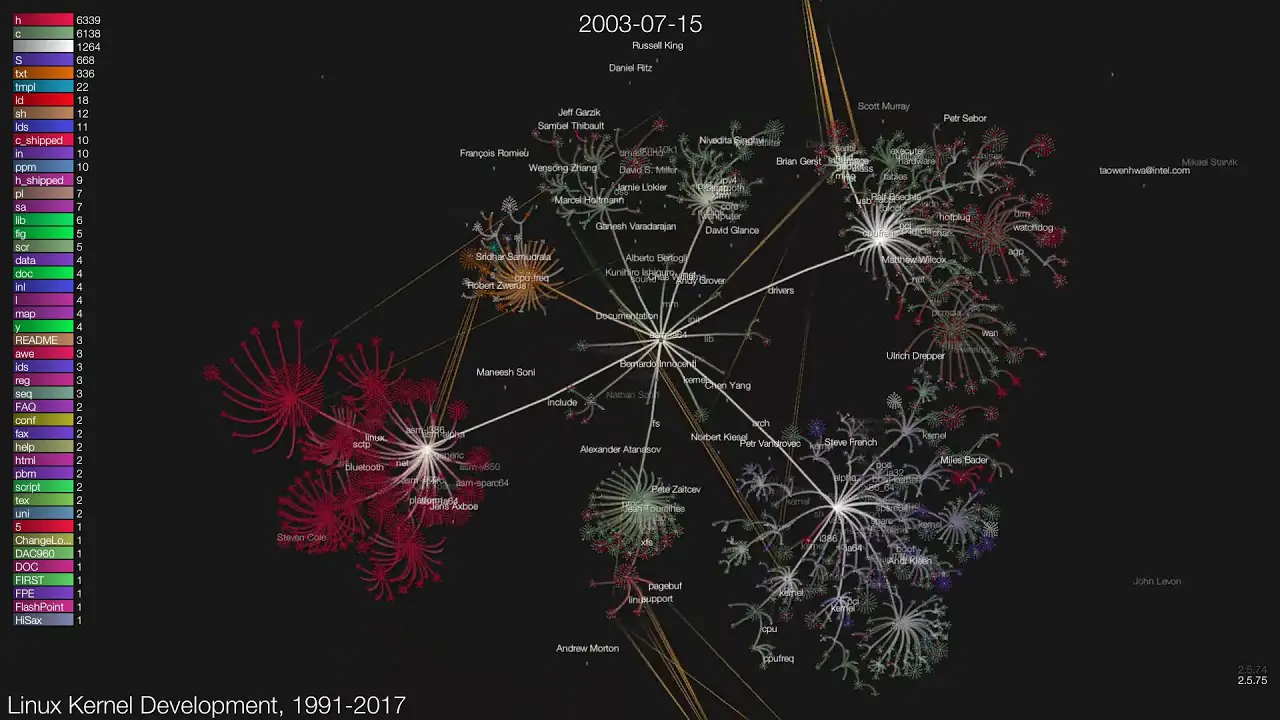Getting Started with Linux Kernel Development

Embarking on the journey of Linux kernel development requires foundational knowledge and a structured approach. This article aims to guide you through the essential steps to get started with this captivating endeavor.

1. Prerequisites:

- Familiarity with C programming language
- Understanding of operating system concepts
- Linux system installed on your machine
- Text editor and compiler (e.g., Vim, GCC)
2. Obtaining the Kernel Source:
Visit the official Linux kernel repository and download the latest stable version (e.g., https://git.kernel.org/). Extract the source code to your local system.
3. Configuring the Kernel:
Navigate to the source directory and run the make menuconfig command. This will launch a configuration menu that allows you to select and configure kernel options. Refer to the kernel documentation for guidance.
4. Building the Kernel:
Once the configuration is complete, run the make command to compile the kernel. This process may take several minutes or hours, depending on your system’s configuration.
5. Installing the Kernel:
After compilation, install the newly built kernel by executing the make install command. It will replace your existing kernel image with the new one.
6. Booting into the New Kernel:
Reboot your system and select the newly installed kernel from the boot menu. If the boot process is successful, you are now running on the kernel you built.
7. Module Development:
Linux kernel modules are loadable units that extend kernel functionality. To develop a module, create a kernel module source file (.c or .ko) and define the necessary structures, functions, and data.
8. Compiling and Installing Modules:
Compile the module source using the make command within the module’s directory. Install it with the make install command. The module will be automatically loaded during kernel boot or can be manually loaded using insmod.
9. Debugging:
Utilize kernel debugging tools such as dmesg, gdb, and ksymbol to diagnose issues and resolve bugs in your kernel code or modules.
10. Contributing to the Kernel:
Once you have familiarized yourself with kernel development, consider contributing to the open-source Linux kernel community. Submit your code improvements, bug fixes, or new features through the Linux kernel mailing list or via Git repositories.# Getting Started With Linux Kernel Development
Executive Summary
For those interested in delving into the realm of operating system development, gaining a firm grasp of the Linux Kernel is essential. This comprehensive article aims to provide aspiring Linux Kernel developers with a solid foundation, encompassing the intricacies of the kernel, its architecture, indispensable tools, and valuable tips to embark on this exciting journey.
Introduction
The Linux Kernel, the heart of the Linux operating system, is a robust and intricate piece of software responsible for managing hardware resources, facilitating communication between software programs, and providing a stable foundation for user applications. Understanding the inner workings of the kernel is crucial for troubleshooting, debugging, and contributing to the development of this ubiquitous software.
Essential Concepts
Kernel Architecture
– Monolithic Kernel: The Linux Kernel follows the monolithic architecture, where all kernel components are tightly integrated into a single, cohesive unit, ensuring efficient communication and minimal overhead.
– Kernel Modules: Modular design allows specific kernel functionalities to be loaded or unloaded dynamically, enhancing flexibility and extensibility.
– Inter-Process Communication (IPC): The kernel employs various IPC mechanisms, such as pipes, semaphores, and message queues, enabling processes to communicate and synchronize effectively.
Toolchain
– Compilers: The GNU Compiler Collection (GCC) or Clang are essential for translating kernel source code into executable machine code.
– Debuggers: Tools like GDB (GNU Debugger) aid in debugging and analyzing kernel code, providing invaluable insights into its execution.
– Version Control Systems: Git is commonly used to manage kernel source code, facilitate collaboration, and track changes efficiently.
Development Process
– Kernel Configuration: Before compiling, the kernel must be configured based on the target system’s hardware and software requirements.
– Compilation: Once configured, the kernel source code is compiled into a bootable kernel image using specialized tools like make and the Linux kernel build system.
– Boot Process: The bootloader loads the compiled kernel into memory, initializing the system and launching the user space environment.
Tips for Beginners
– Start with a Stable Release: Begin with a stable kernel version to minimize potential issues and ensure a solid foundation.
– Focus on Understanding: Prioritize comprehension over memorization, seeking a thorough understanding of kernel concepts and their implementation.
– Practice and Experiment: Active engagement with the kernel, experimentation, and troubleshooting are invaluable for developing proficiency.
– Join Kernel Communities: Engage with online forums, mailing lists, and user groups to connect with experienced developers and gain valuable insights.
Conclusion
Embarking on Linux Kernel development can be a rewarding and challenging journey. By grasping the fundamental concepts outlined in this article, aspiring developers can lay the groundwork for a successful career in operating system development. Continuous learning, practice, and participation in the open-source community are key to unlocking the full potential of this powerful technology.
Keyword Phrase Tags:
- Linux Kernel Development
- Kernel Architecture
- Kernel Tools
- Kernel Development Process
- Tips for Linux Kernel Beginners

Wonderful Share
Need more content
This will benefit a lot Thank
Go on man
May i have more information
Seriously? This is your best?
How does one measure the fail of this post?
Tell me more, tell me more
This should be put in a museum of terrible post.
What a load of hogwash!
The less said about this post the better.
Its actually pretty good indeed
Dont waste your time with this.